Developmental cell programs are co-opted in inflammatory skin disease
- PMID: 33479125
- PMCID: PMC7611557
- DOI: 10.1126/science.aba6500
Developmental cell programs are co-opted in inflammatory skin disease
Abstract
The skin confers biophysical and immunological protection through a complex cellular network established early in embryonic development. We profiled the transcriptomes of more than 500,000 single cells from developing human fetal skin, healthy adult skin, and adult skin with atopic dermatitis and psoriasis. We leveraged these datasets to compare cell states across development, homeostasis, and disease. Our analysis revealed an enrichment of innate immune cells in skin during the first trimester and clonal expansion of disease-associated lymphocytes in atopic dermatitis and psoriasis. We uncovered and validated in situ a reemergence of prenatal vascular endothelial cell and macrophage cellular programs in atopic dermatitis and psoriasis lesional skin. These data illustrate the dynamism of cutaneous immunity and provide opportunities for targeting pathological developmental programs in inflammatory skin diseases.
Copyright © 2021, American Association for the Advancement of Science.
Conflict of interest statement
None declared
Figures
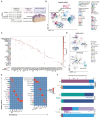
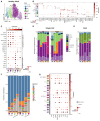
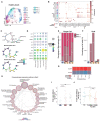
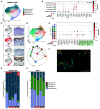
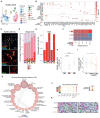
Comment in
-
New dog, old tricks: Developmental programs resurface in inflammation.Cell Stem Cell. 2021 Apr 1;28(4):592-594. doi: 10.1016/j.stem.2021.03.007. Cell Stem Cell. 2021. PMID: 33798418
References
-
- Guttman-Yassky E, Krueger JG. Atopic dermatitis and psoriasis: two different immune diseases or one spectrum? Curr Opin Immunol. 2017;48:68–73. - PubMed
Publication types
MeSH terms
Substances
Grants and funding
LinkOut - more resources
Full Text Sources
Other Literature Sources
Medical

